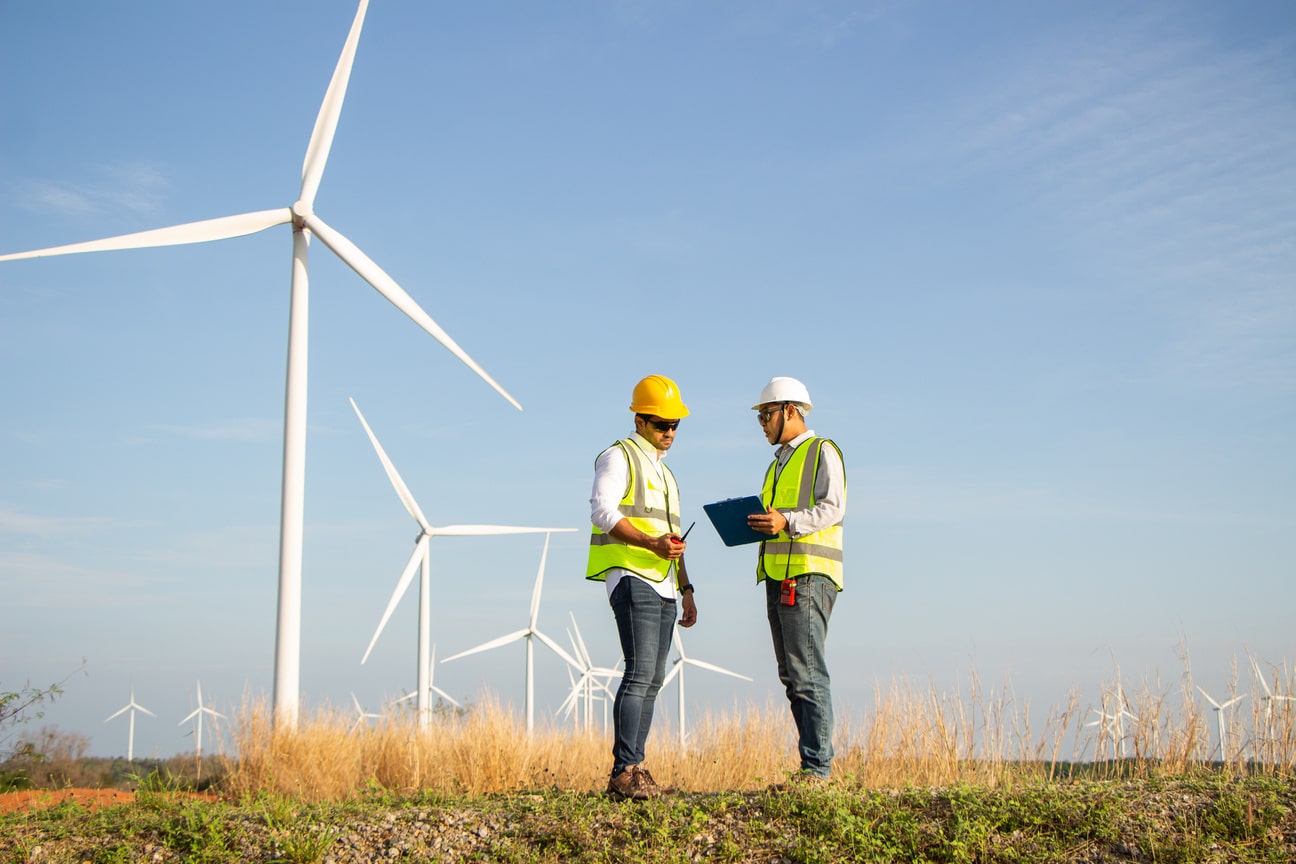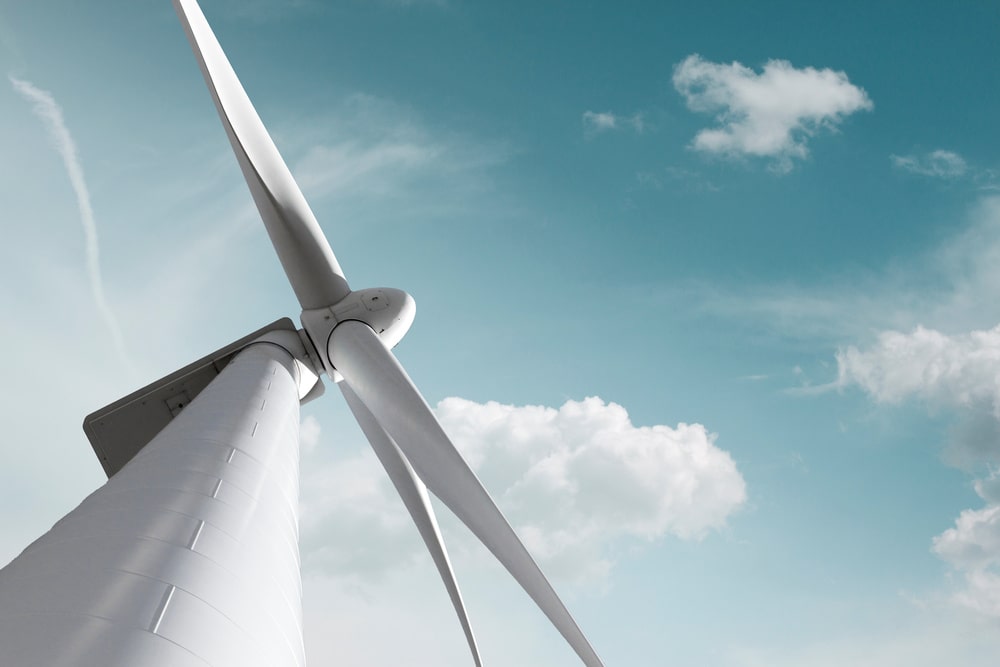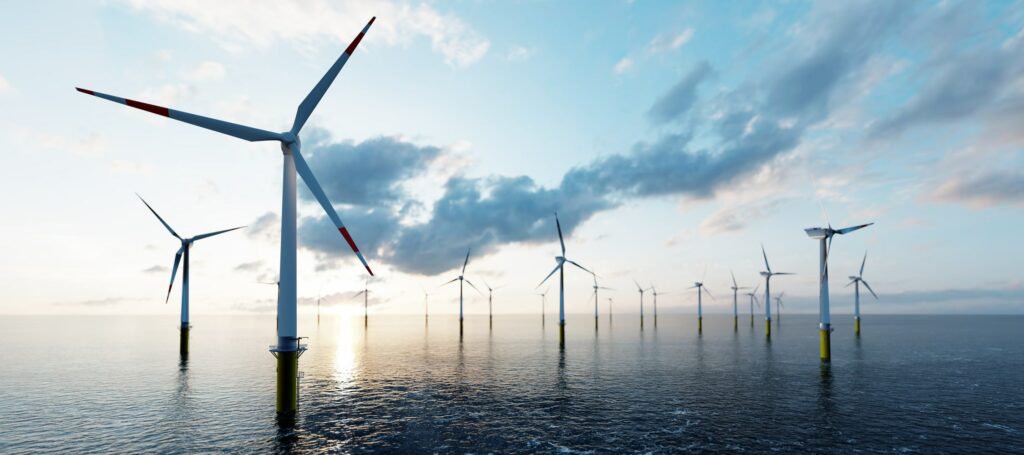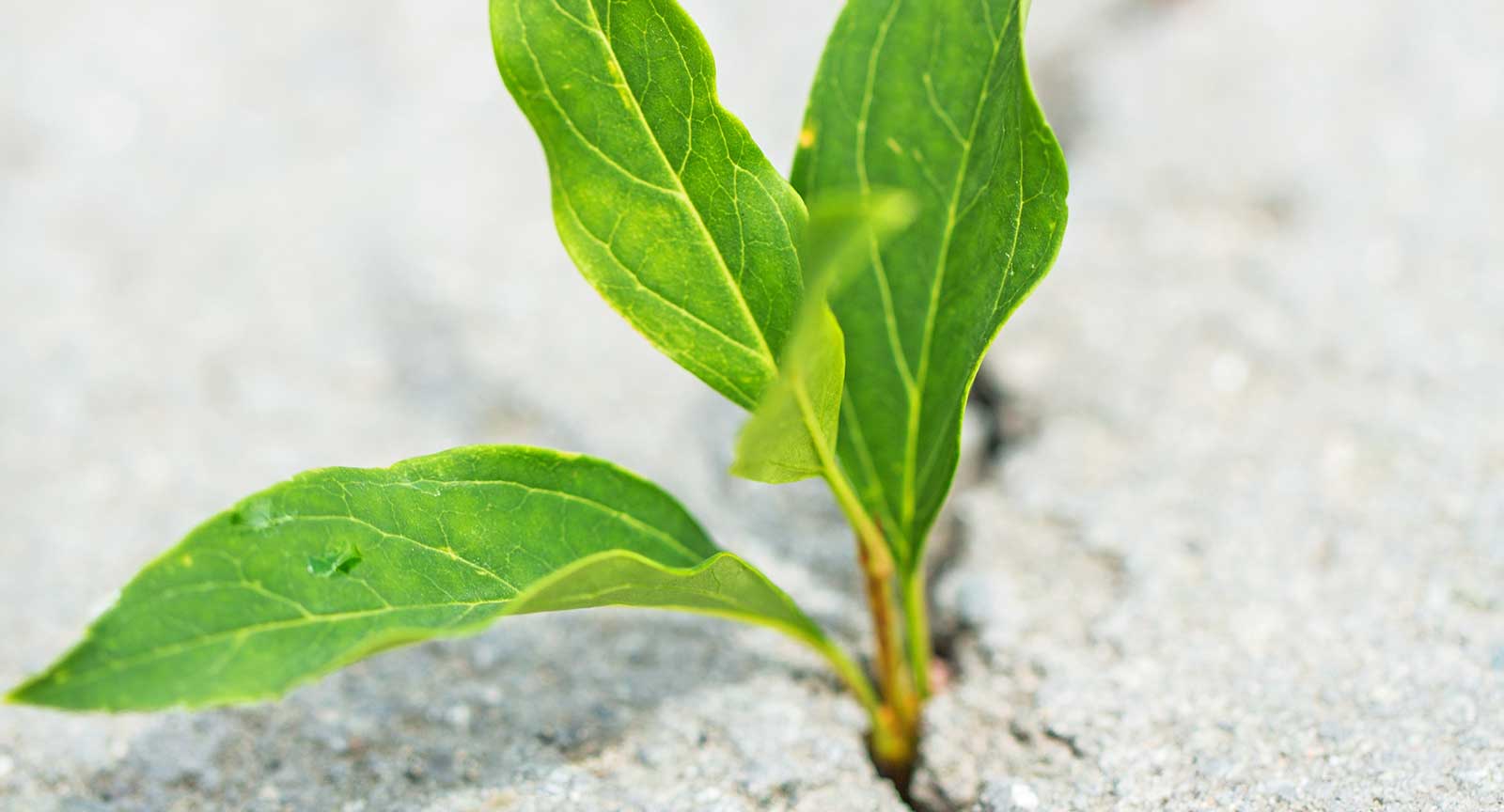Wind-turbine recycling: a challenge for the industry
In this article, Patrick Lubszynski, a Loss Adjuster specialised in renewable energies at Stelliant Loss Adjusting, discusses the lifespan of wind turbines, the technical challenges and the role of insurance experts. The recycling of wind turbines at the end of their lives is a crucial issue for the wind energy industry.
Wind energy: a bit of history
Wind energy is one of the most popular renewable energy sources in the world; it was first used in the form of windmills to transform wind into mechanical energy as early as 620 AD, for example for irrigation Persia, and then around the 12th century in Western Europe, in the form of traditional windmills, with which we are so familiar today. The inventor of the electric wind turbine is considered to be the American Charles Francis Brush, in 1888. Since then, wind turbines have never stopped evolving, exceeding 250 metres in diameter and capable of exceeding 15 MW! However, like any technology, wind turbines have a limited lifespan. The first wind turbines were installed in France in the early 1990s. Today, there are about 8,000 of them, producing power equivalent to that of two Fessenheim-type nuclear power plants. Without going into the issue of intermittency, if we wanted to produce electricity exclusively from wind, we would need 10 times more turbines in France. However, the principle of the energy mix reminds us that a variety of energies is the best solution to cover our needs.
In this article, Patrick LUBSZYNSKI, Head of the Renewable Energies speciality at Stelliant Loss Adjusting, examines the current situation of wind energy in terms of the lifespan of wind turbines and the technical difficulties encountered, and also looks at the contribution an insurance adjuster can make. Wind energy is considered to be a clean, renewable energy source, but what happens when wind turbines reach the end of their useful life? The recycling of wind turbines is a major issue that the wind energy industry needs to address.
Wind-turbine recycling: the current context

The lifespan of wind turbines depends on many factors, such as the quality of the construction, regular maintenance, the location of the turbine and the weather conditions. In general, the lifespan of a wind turbine is about 20-25 years, although this may vary depending on the aforementioned factors. Due to the increasing global demand for renewable energy, the number of wind turbines installed around the world has increased significantly in recent years
According to the Global Wind Energy Council, wind-power production represented more than 743 GW worldwide in 2020. However, as the number of wind turbines installed has increased, it has also become important to monitor their lifespan. Indeed, while most turbines last 20-25 years, technical problems can reduce their lifespan considerably.
At the same time, the monitoring process is costly and complex, due to the size and weight of the different components; this is notably an issue in France, where the first parks are reaching the end of their life.
Let us take the example of a conventional 2 MW wind turbine, weighing 270 tonnes with a mast height of 80 metres and 3 blades of 45 metres in length.
The components are the following:
- Mast: 160 t (in steel or concrete)
- Nacelle and rotor hub: 90 t (mainly steel)
- The 3 blades: 20 t (composite)
- In addition to this, there is a 1000 t concrete foundation!
Therefore, apart from the blades, the wind turbine can be easily recycled, since it is mainly made of steel and concrete. The blades are made of fibreglass, carbon fibre, epoxy resin, balsa wood, etc. As such, the blades are the most difficult part to recycle.
Today, they are mainly shredded for reuse as fuel, or the shredded waste is recovered to make new composite materials. They cannot be disposed of as landfill in France, unless the operator can prove that there are no other solutions. The most difficult thing to recycle is the epoxy resin.
Difficulty in recycling wind turbines

Today, many studies are being conducted to find a viable solution; the new generations of turbines will be easier to recycle, such as the new blades made by Siemens Gamesa, which were used for the first time on an offshore wind farm in the UK. So, the effort needs to focus on both the existing facilities and the next generations. ADEME (the French Agency for Ecological Transition) estimates the lifespan of a wind farm at 20 years. Beyond that timeframe, the technical reliability and efficiency of the wind turbines becomes inadequate. Indeed, wind turbines are subject to harsh environmental conditions, including high winds, extreme temperatures and storms. These conditions can damage the turbines and shorten their life.
Apart from the highly degree of stress placed on the blades, the wind turbine’s internal parts, such as the brake, gearbox, electrical control system, generator and orientation (yaw) system, are subject to constant wear and tear, which can also reduce the lifespan of the wind turbine.
In addition, wind turbines are often located in remote areas that are not easy to reach, making maintenance difficult. Wind turbines require regular maintenance to ensure they operate properly and last as long as possible. However, the high cost of maintenance can sometimes deter owners from carrying out regular maintenance.
Finally, another common technical problem for wind turbines is lightning. Wind turbines act as lightning rods and are often located in areas with a high risk of lightning; this can result in damage to the turbines and shorten their lifespan.
Currently, the majority of wind turbines that have reached the end of their life are dismantled and buried in landfills. However, new recycling initiatives are emerging to address this problem. Companies are beginning to develop techniques to reuse materials from dismantled wind turbines. Pilot projects are being conducted to test various methods of transforming the materials into new raw materials for industry.

Recyclage des éoliennes : apport de l’expert
Un expert en assurance, accompagné d’équipes spécialisées, peut aider les propriétaires d’éoliennes à évaluer les risques liés à la durée de vie de leurs éoliennes. Les experts en assurance peuvent effectuer des évaluations de risques pour déterminer les risques environnementaux et techniques qui peuvent affecter la durée de vie des éoliennes. En utilisant des données provenant de sources telles que les modèles météorologiques, les données de maintenance et les données de performances passées, les experts peuvent estimer la durée de vie probable de l’éolienne. Ces évaluations peuvent aider les propriétaires d’éoliennes à comprendre les risques et à planifier les coûts de maintenance et de réparation nécessaires pour prolonger la durée de vie de leur équipement. En parallèle, il est de plus en plus fréquent que les propriétaires de parcs éoliens fassent appel à des experts pour les aider à élaborer des plans d’urgence pour les situations où l’éolienne serait endommagée ou hors service. Ces plans peuvent inclure des mesures de sécurité pour protéger les travailleurs et le public, des plans de secours pour évacuer les zones à risque, ainsi que des plans pour réparer ou remplacer l’éolienne endommagée.
Le recyclage des éoliennes est essentiel pour atteindre un avenir durable et respectueux de l’environnement. Avec les investissements continus dans la recherche et le développement de techniques de recyclage, il est possible d’imaginer un avenir où les éoliennes seront construites de manière circulaire, avec la réutilisation des matériaux comme une norme de l’industrie.








